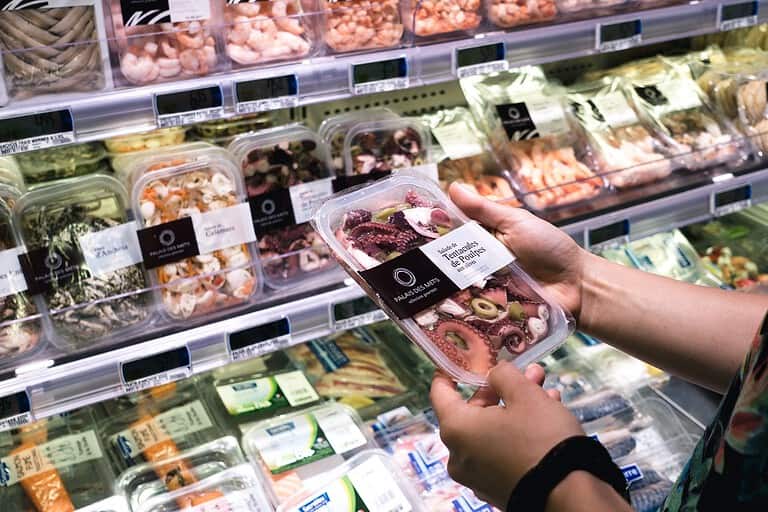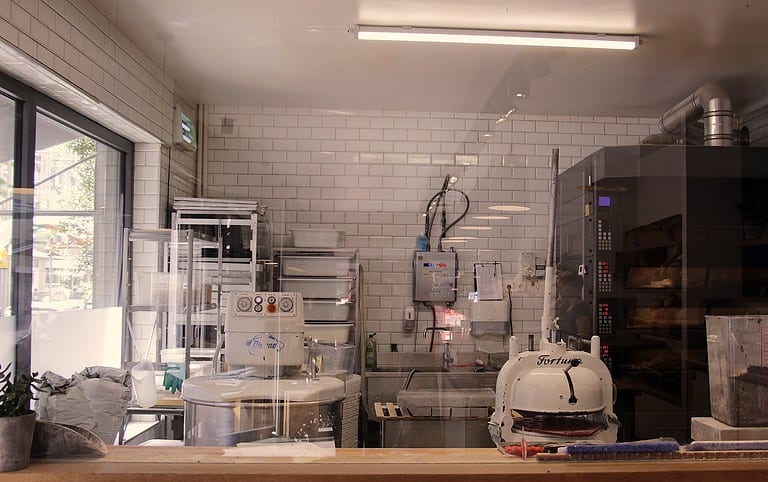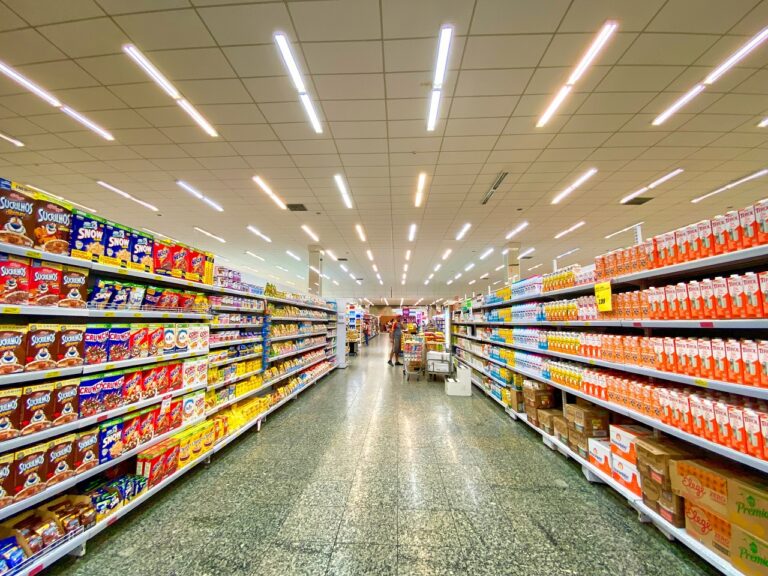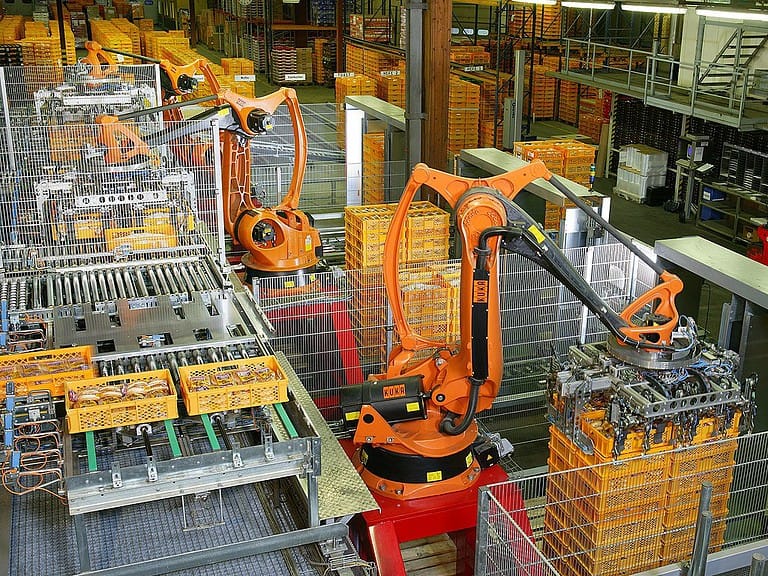The Role of Blockchain in Ensuring Food Safety and Increasing Transparency
Blockchain technology has been making waves in various industries, and the food industry is no exception. With the increasing concerns about food safety and transparency, blockchain technology is being explored as a potential solution to improve these issues. By using blockchain, the food industry can create a more secure and transparent supply chain, from farm to table.

The use of blockchain in food safety and transparency can help prevent foodborne illnesses and contamination. Blockchain can provide a secure and unalterable record of every step in the supply chain, including the origin of the food, the conditions it was grown or produced in, and its journey from the farm to the store. This can help identify potential sources of contamination and quickly remove affected products from the market, reducing the risk of widespread illness.
Furthermore, blockchain technology can also increase transparency in the food industry. Consumers can use blockchain to track the journey of their food, ensuring that it was produced in a sustainable and ethical manner. This can help build trust between consumers and the food industry, which has been plagued by scandals and mistrust in recent years. Overall, the use of blockchain in food safety and transparency has the potential to revolutionize the food industry and create a safer, more sustainable, and more transparent food supply chain.
Current Challenges in Food Safety and Transparency
Ensuring food safety and transparency is a crucial aspect of the food industry. However, this is not an easy task, as there are several challenges that need to be addressed. Here are some of the current challenges in food safety and transparency:
- Risk of Contamination: Contamination of food products can occur at any stage of the supply chain, from production to distribution. This can be due to various factors such as poor hygiene practices, inadequate storage facilities, and environmental factors. Contamination can lead to foodborne illnesses, which can be fatal in some cases.
- Lack of Traceability: The lack of traceability in the food supply chain makes it difficult to identify the source of contamination. This can lead to delays in identifying the cause of an outbreak and can result in more people getting sick.
- Complexity of the Supply Chain: The food supply chain is complex and involves multiple stakeholders such as farmers, processors, distributors, and retailers. This complexity makes it challenging to ensure transparency and accountability throughout the supply chain.
- Difficulty in Monitoring: Monitoring the food supply chain is a challenging task, as it involves tracking multiple products across different locations. This can be time-consuming and expensive, making it difficult for small businesses to comply with regulations.
Given the challenges mentioned above, it is clear that there is a need for a more efficient and effective way to ensure food safety and transparency. This is where blockchain technology comes into play. By using blockchain, it is possible to create a tamper-proof and transparent record of every transaction in the food supply chain. This can help to identify the source of contamination quickly and prevent the spread of foodborne illnesses.
How Blockchain Technology Can Address These Challenges
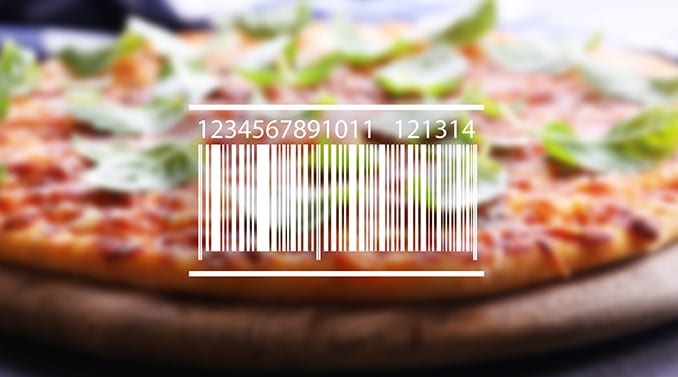
The food industry is facing numerous challenges in ensuring food safety and transparency. Blockchain technology can help address these challenges by providing a secure, transparent, and tamper-proof platform for recording and sharing information across the entire food supply chain. Here are some ways in which blockchain technology can help:
- Improved Traceability: Blockchain can provide a complete and transparent record of every transaction, event, or operation in the food supply chain. This can help track the movement of food products from farm to table, ensuring that each step is properly documented and verified.
- Enhanced Efficiency: By automating certain processes and reducing paperwork, blockchain technology can help streamline the food supply chain and make it more efficient. This can help reduce the time and costs associated with food safety and compliance.
- Increased Transparency: Blockchain can provide a transparent and tamper-proof platform for sharing information across the food supply chain. This can help increase transparency and accountability, making it easier for consumers to make informed decisions about the food they eat.
- Better Food Safety: By providing a complete and transparent record of the food supply chain, blockchain can help identify and address potential food safety issues more quickly and effectively. This can help reduce the risk of foodborne illnesses and other safety concerns.
Overall, blockchain technology has the potential to transform the food industry by improving food safety, transparency, and efficiency. As more and more companies adopt blockchain technology, we can expect to see significant improvements in the way food is produced, distributed, and consumed.
Examples of Blockchain Implementation in the Food Industry
Blockchain technology has been implemented in various areas of the food industry to enhance food safety and transparency. Here are a few examples:
- Walmart: In 2018, Walmart collaborated with IBM to develop a blockchain-based system to track the supply chain of leafy greens. The system allows for real-time tracking of the product from the farm to the store, ensuring transparency and accountability in case of any food safety issues.
- Nestle: Nestle has implemented blockchain technology to track the supply chain of milk used in its products. The technology allows for improved traceability and transparency, ensuring that the milk is ethically and sustainably sourced.
- Carrefour: Carrefour, a French retail giant, has implemented blockchain technology to track the supply chain of its free-range chickens. The technology allows for consumers to scan a QR code on the packaging to access information about the chicken’s origin, breed, feed, and welfare.
- Unilever: Unilever has implemented blockchain technology to track the supply chain of its tea products. The technology allows for improved traceability and transparency, ensuring that the tea is ethically sourced and sustainably produced.
These are just a few examples of how blockchain technology is being used to enhance food safety and transparency in the food industry. As the technology continues to evolve, we can expect to see more implementations in the future.
Benefits of Using Blockchain for Food Safety and Transparency
Blockchain technology has the potential to revolutionize the food industry by providing transparency and security in the food supply chain. Here are some of the benefits of using blockchain for food safety and transparency:
- Traceability: Blockchain technology can help track the entire journey of food products from farm to table. This can provide transparency in the supply chain and help identify the source of any contamination or foodborne illness outbreaks.
- Efficiency: Blockchain can automate many of the processes involved in food safety, such as tracking and recording data, reducing the need for manual intervention and minimizing the risk of human error.
- Cost savings: By automating processes and reducing the risk of contamination, blockchain can help reduce the cost of food safety measures and improve the overall efficiency of the food supply chain.
- Consumer trust: With blockchain, consumers can have greater confidence in the safety and quality of the food they consume. By providing transparency in the supply chain, consumers can make more informed decisions about the food they purchase.
Overall, blockchain technology has the potential to make the food industry safer, more efficient, and more transparent. By providing a secure and tamper-proof record of the food supply chain, blockchain can help ensure that the food we consume is safe and of high quality.

Potential Future Developments and Implications
Blockchain technology is still in its early stages of implementation in the food industry, but its potential is enormous. Here are some of the potential future developments and implications of blockchain in food safety and transparency:
- Improved traceability: Blockchain technology can provide a secure, immutable record of the entire supply chain, from farm to table. This can help to quickly identify the source of any contamination or foodborne illness outbreak, and allow for rapid recalls.
- Increased transparency: By providing a complete and transparent record of each step in the supply chain, blockchain can help to increase consumer trust and confidence in the food they eat. Consumers can verify the origin, quality, and safety of their food with a simple scan of a QR code.
- Reduced food waste: Blockchain can help to reduce food waste by providing real-time information about the shelf life and freshness of food products. This can help retailers to better manage their inventory and reduce the amount of food that goes to waste.
- Smart contracts: Blockchain can enable the use of smart contracts, which are self-executing contracts with the terms of the agreement between buyer and seller being directly written into lines of code. This can help to automate many of the processes involved in food safety and supply chain management, reducing the risk of human error and improving efficiency.
Overall, the potential future developments and implications of blockchain in the food industry are vast. However, it is important to note that there are still challenges to be addressed, such as the cost and complexity of implementation, interoperability between different systems, and the need for industry-wide standards and regulations. Nevertheless, as the technology continues to evolve and mature, it has the potential to transform the way we produce, distribute, and consume food, making it safer, more transparent, and more sustainable.
Conclusion
Blockchain technology has the potential to revolutionize the food industry by increasing transparency and safety. By enabling full traceability and transparency in the food supply chain, blockchain can help prevent foodborne illnesses and improve the overall quality of food. The technology can also help reduce food waste and increase efficiency by streamlining supply chain processes.
However, there are still challenges that need to be addressed before blockchain can be fully integrated into the food industry. These challenges include the cost of implementation, the need for standardization, and the need for collaboration between different stakeholders.
Despite these challenges, the benefits of blockchain technology for the food industry are clear. By leveraging the power of blockchain, the industry can create a safer, more transparent, and more efficient food supply chain. This will not only benefit consumers but also the industry as a whole by reducing costs, improving quality, and increasing trust.
As the technology continues to evolve and become more accessible, we can expect to see more widespread adoption of blockchain in the food industry. Companies that are early adopters of this technology will be well-positioned to gain a competitive advantage and improve their bottom line.
FAQs
1. What is food fraud, and how does blockchain technology help prevent it?
Food fraud is the intentional adulteration, misrepresentation, or substitution of food products for financial gain. Blockchain technology can prevent food fraud by providing a secure and immutable record of the origin and movement of food products, making it more difficult to falsify information.
2. What is the role of regulators in promoting the use of blockchain technology in the food industry?
Regulators can play an important role in promoting the use of blockchain technology in the food industry by creating standards and guidelines for its implementation. Additionally, they can work with industry stakeholders to ensure that blockchain technology is integrated into existing systems and processes.
3. What are the potential benefits of using blockchain technology in the food industry for consumers?
The potential benefits of using blockchain technology in the food industry for consumers include enhanced food safety, increased transparency, and improved traceability. Additionally, blockchain can help reduce food waste and improve efficiency, resulting in lower prices for consumers.
4. What are some of the challenges associated with the widespread adoption of blockchain technology in the food industry?
Some of the challenges associated with the widespread adoption of blockchain technology in the food industry include integration with existing systems, cost, and adoption. Additionally, there may be concerns about data privacy and security that need to be addressed.
5. How can companies and organizations ensure the security and integrity of the data stored on a blockchain-based system?
Companies and organizations can ensure the security and integrity of the data stored on a blockchain-based system by implementing strong security protocols, such as multi-factor authentication and encryption. Additionally, they can regularly monitor the system for suspicious activity and implement appropriate measures to prevent unauthorized access.



